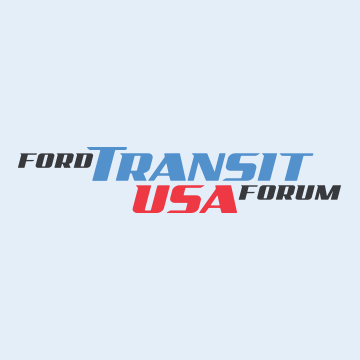demongman7
New Member
Apologies if this is redundant or the wrong forum location, but the information overload on both sides of this debate have been challenging for me to decipher. I'm attempting to determine whether I should go with a Li-BIM 225 or DC-DC Charger (Sterling 60A) for my alternator charging purposes. I already own a Li-BIM 225, so would be great to use that for cost purposes, but in past builds I've used the Sterling 60A and found it to be great. Details on my system / vehicle are posted below, but I'm generally comfortable with the differences in basics between the two types of charging. From my understanding, the Li-BIM will charge my batteries in ~15min intervals based on the max output of my alternator without reaching 100% house charge; this is the recommended option by BattleBorn. Reading suggests the Li-BIM has concerns on potentially overcharging the house batteries (1:49 here), or overdrawing the alternator. Given my Heavy Duty alternator, I especially worry about the latter considering the 70A recommendation from Ford (despite anecdotal evidence in that thread allowing pulls > 70A). Alternatively, the DC-DC charger appears to be a more sophisticated system - matching charge profiles and presenting a 'safer' draw from the alternator.
In summary - it seems like the advantage of the Li-BIM would be 'faster' charging to an extent (~80-90% of house capacity), whereas the DC-DC charger might be safer for the alternator, while also allowing to charge fully to 100%? Am I interpreting these options correctly? Would it be a major mistake / dangerous for my alternator or batteries to proceed to use the Li-BIM?
Despite the recommendation for Li-BIM from BattleBorn, it appears through various forums that the DC-DC chargers are more popular; it'd be great to hear any views this forum has specific to the Li-BIM and Transit / what my best option may be.
----
Vehicle: 2018 Ford Transit 350 HD
System voltage: 12V
Batteries: 4x 100ah BattleBorn LiFePO4
Alternator: Presumably 250A
Other electrical components (don't think they should matter but FYI): Victron SmartSolar 150 | 70, 500W Renogy Solar Panels, 3000W Victron Multiplus,
In summary - it seems like the advantage of the Li-BIM would be 'faster' charging to an extent (~80-90% of house capacity), whereas the DC-DC charger might be safer for the alternator, while also allowing to charge fully to 100%? Am I interpreting these options correctly? Would it be a major mistake / dangerous for my alternator or batteries to proceed to use the Li-BIM?
Despite the recommendation for Li-BIM from BattleBorn, it appears through various forums that the DC-DC chargers are more popular; it'd be great to hear any views this forum has specific to the Li-BIM and Transit / what my best option may be.
----
Vehicle: 2018 Ford Transit 350 HD
System voltage: 12V
Batteries: 4x 100ah BattleBorn LiFePO4
Alternator: Presumably 250A
Other electrical components (don't think they should matter but FYI): Victron SmartSolar 150 | 70, 500W Renogy Solar Panels, 3000W Victron Multiplus,



